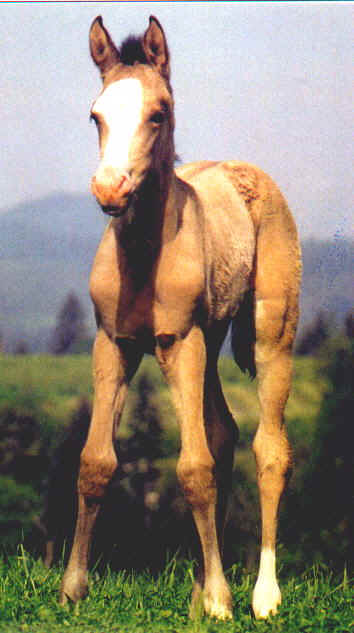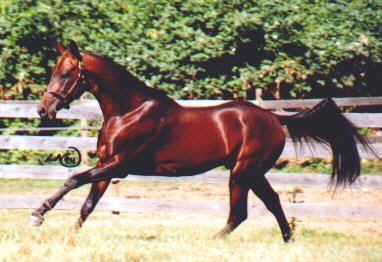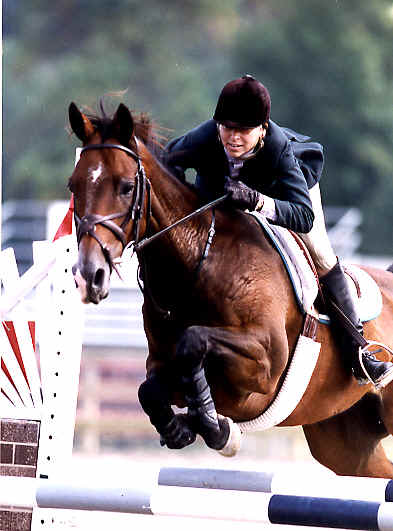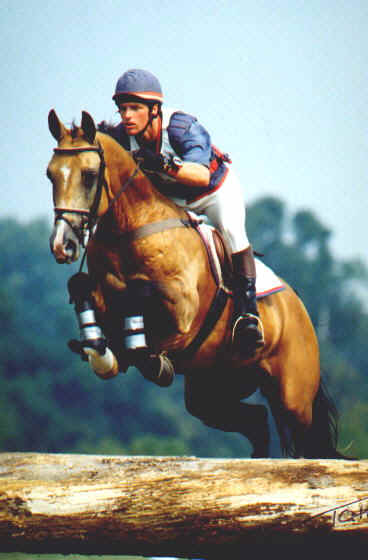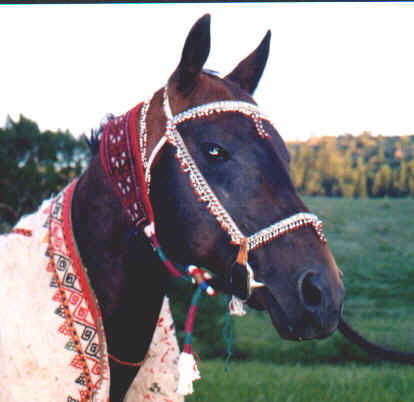
everything before them, but each carefully preserving these magnificent horses. Each of them kept and trained the horse with the utmost care; and in time this beautiful animal became the central figure in every culture into whose hands it came. There were excellent reasons for the horse’s many stewards to carefully preserve him. There was no other horse who could run faster, or go greater distances at speed and on little or sometimes no food and water for days on end. No other horse was more intelligent, or more devoted to its rider. No other horse had the glittering colors that helped earn it the name "The Heavenly Horse".
